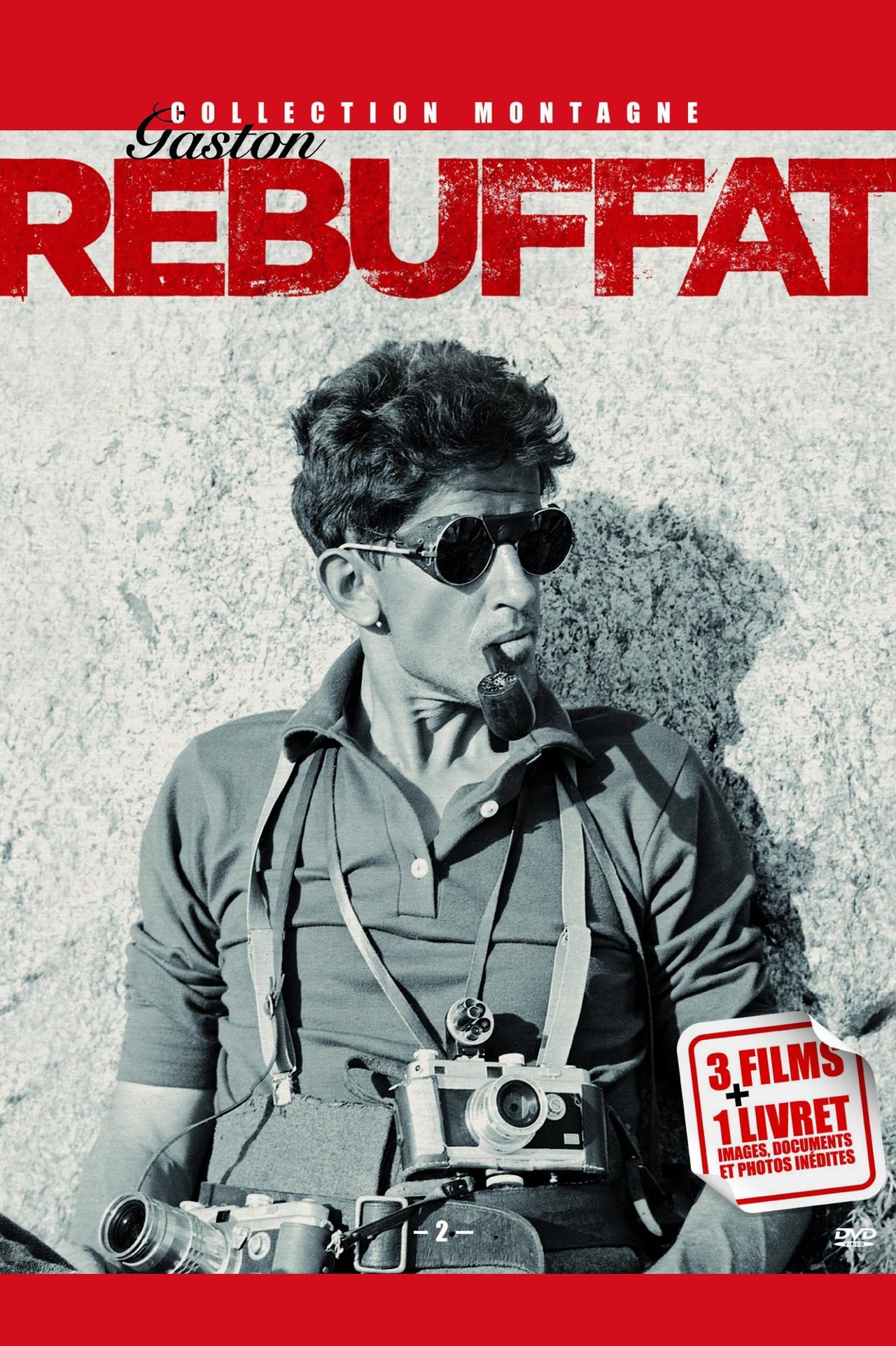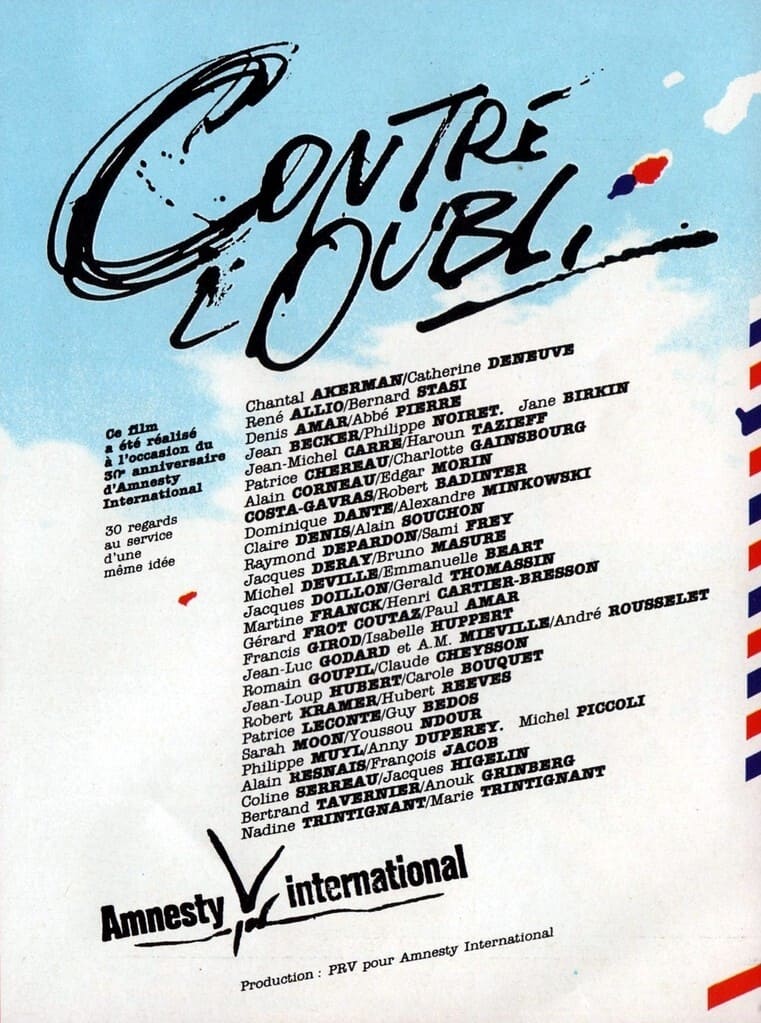

Documentary on the famous French/Belgian pioneer volcanologist.

The World of Gaston Rébuffat is a documentary on mountaineering which takes place at Gendarme Du Pic Du Roc and Grande Candelle. Directed by Gilles Chappaz in 2009 and produced by Seven Doc, we find Christophe Profit, Françoise Rébuffat, Thierry Renault, Jean-Olivier Majastre, René Vernadet, Sam Beaugey and many others. Friendship of his rope companions, friendship of the mountain, friendship of all of nature, he spoke of the mountain with simplicity and happiness. A precursor, a visionary, Gaston Rébuffat was a resolutely committed person, without ever having spoken of an exploit, let alone a fight (among other achievements, he was the first to climb the six north faces of the Alps in a lifetime as a mountaineer).

Contre l'Oubli (Against Oblivion) is a compilation of 30 French filmmakers, Alain Resnais and Jean Luc Godard among them, who use film to make a plea on behalf of a political prisoner. Jean Luc Godard and Anne Marie Mieville's film concerns the plight of Thomas Wanggai, West Papuan activist who has since died in prison. The short films were commissioned by Amnesty International.
Haroun Tazieff (Warsaw, 11 May 1914 – Paris, 2 February 1998) was a Tatar, Belgian and French volcanologist and geologist. He was a famous cinematographer of volcanic eruptions and lava flows, and the author of several books on volcanoes. He was also a government adviser and French cabinet minister. He also served in the Belgian resistance during world war 2. His parents met and married in 1906 while they were both students in Brussels. They later returned to Warsaw, Russian Partition, where their first son, Salvator, died at two months and where Haroun was born. His father, Sabir, was a Muslim medical doctor, of Tatar descent and his mother, Zenita Iliyasovna Klupta, was a Tatar[dubious – discuss] chemist and doctor of natural science and holder of a bachelor's degree in political science. His father was conscripted into the Russian Army and died during the First world war, a fact that did not reach the family until 1919. In 1917 Haroun emigrated to Brussels with his widowed mother. Haroun received a degree in agronomy in Gembloux in 1938, and another degree in geology at the University of Liège in 1944. He was later a Secretary of state in France, in charge of protection against major risks. Haroun Tazieff participated in the first detailed exploration of the "Saint-Martin" La Verna cave system in the French Pyrenees. In 1952, while he was filming Marcel Loubens' ascent of the Pierre-Saint-Martin rock face, the cable of the hoist broke and Loubens fell over 80 meters. Loubens died 36 hours later but his body could only be recovered from the cave in 1954. He became famous in France after publishing a book entitled, "Le Gouffre de la Pierre Saint-Martin" in 1952. He directed the documentary movie Le volcan interdit (1966) about the Nyiragongo Mountain in the Democratic Republic of Congo, which he was the first to climb in 1948. The National Geographic film, The Violent Earth, was based on Tazieff's expeditions to the volcanoes Mount Etna on Sicily in 1971 and Mount Nyiragongo in 1972. In these expeditions he attempted, unsuccessfully, to descend into the active lava lake in order to collect samples — something he had managed to achieve on a previous expedition in 1959. Tazieff died in 1998 and was buried in the Passy Cemetery in Paris. Source: Article "Haroun Tazieff" from Wikipedia in English, licensed under CC-BY-SA 3.0.
By browsing this website, you accept our cookies policy.